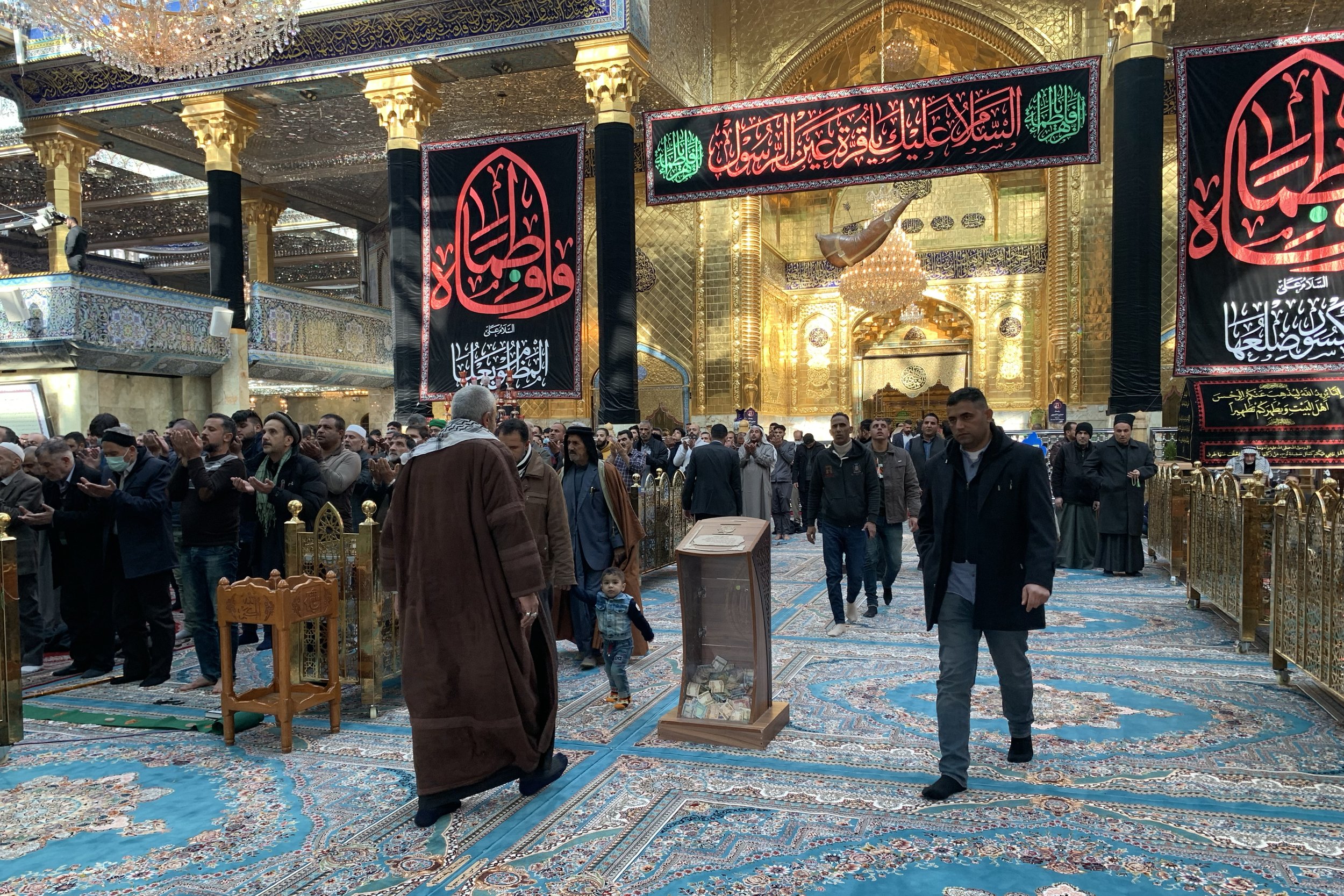Ancient Babylonian and Mesopotamian Archeological Sites You Can Visit in Iraq
Mesopotamia, the area between the Tigris and Euphrates Rivers in modern-day Iraq, is often referred to as the cradle of civilization because it is the first place where complex urban centers grew. The history of human civilization in Iraq predates even those of ancient Egypt, China, and the Indus Valley.
Today, Iraq is home to many important archaeological sites that are of great historical and cultural significance. However, decades of violence and conflict have taken their toll both on Iraq’s tourism potential as well as the sites themselves.
As recently as just a couple of years ago, ISIS terrorists were in control of territory encompassing some of the region’s most significant heritage sites and inflicted irreparable damage to temples, monuments, and statues.
This being said peace has returned to Iraq, making tourism possible to archeological sites long forgotten by travelers due to the danger involved in reaching them.
Here are some of the main archaeological sites still standing in Iraq that you can visit:
Babylon - Located about 85 km south of Baghdad, Babylon is an ancient city that was the capital of the Babylonian Empire. It is home to the ruins of the famous Hanging Gardens of Babylon, one of the Seven Wonders of the Ancient World.
Nineveh - Located near the city of Mosul, Nineveh is an ancient Assyrian city that was one of the largest cities in the world during its heyday. The ruins of the city include the palace of King Sennacherib, the city walls, and the gates of the city.
Ur - Located near Nasiriyah in southern Iraq, Ur is an ancient Sumerian city that dates back to the 4th millennium BCE. It is home to the ruins of the Great Ziggurat of Ur, a massive stepped pyramid that was dedicated to the moon god Nanna.
Hatra - Located in the desert region of northern Iraq, Hatra was an ancient city that was a center of culture and commerce during the 1st and 2nd centuries CE. The ruins of the city include the walls, the temples, and the palaces. Note, in 2015, ISIS militants vandalized and destroyed several buildings and sculptures in the ancient city of Hatra, which is a UNESCO World Heritage site. However, the site does remain and has not been completely destroyed.
Ctesiphon - Located on the eastern bank of the Tigris River, about 35 km southeast of Baghdad, Ctesiphon was the capital of the Parthian and Sassanid Empires. The ruins of the city include the massive arch of Ctesiphon, which is one of the largest brick arches in the world.
Nimrud - Located near the city of Mosul, Nimrud was an ancient Assyrian city that dates back to the 13th century BCE. The ruins of the city include the palace of King Ashurnasirpal II, the ziggurat of Nimrud, and the city walls. Note: ISIS militants destroyed much of the ancient Assyrian city of Nimrud in 2015, including the palace of King Ashurnasirpal II and several other important structures.
Ashur - Located on the banks of the Tigris River, about 60 km south of Mosul, Ashur was an ancient Assyrian city that was the center of the Assyrian Empire. The ruins of the city include the temple of Ashur, the city walls, and the gates of the city.
Please note that some of these archaeological sites may have limited access due to security concerns as well as the structural integrity of the ruins themselves, and it is important to check the current situation with your guide before visiting them.
One important piece of information to note— ISIS destroyed and damaged several important archaeological sites in Iraq during its occupation of the country, to varying degrees of disrepair. Notable examples of destruction occured in and around the city of Mosul.
The Mosul Museum was looted and ISIS terrorists destroyed many artifacts in the museum in 2015, including important Assyrian and Hellenistic works of art. Much of Mosul's Old City was also destroyed by ISIS militants, including several historic mosques, churches, and other buildings during their occupation of the city.
The destruction of these archaeological sites has been widely condemned by the international community, and efforts are underway to rebuild and restore them.
We offer small groups and private trips.







